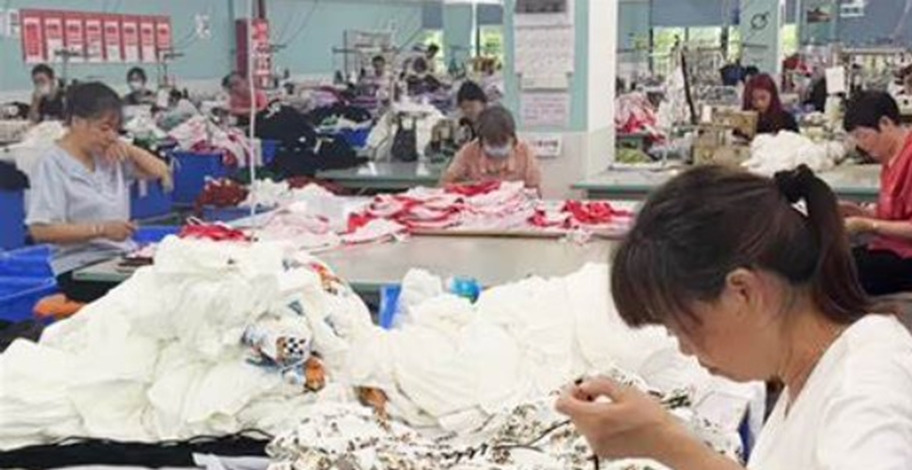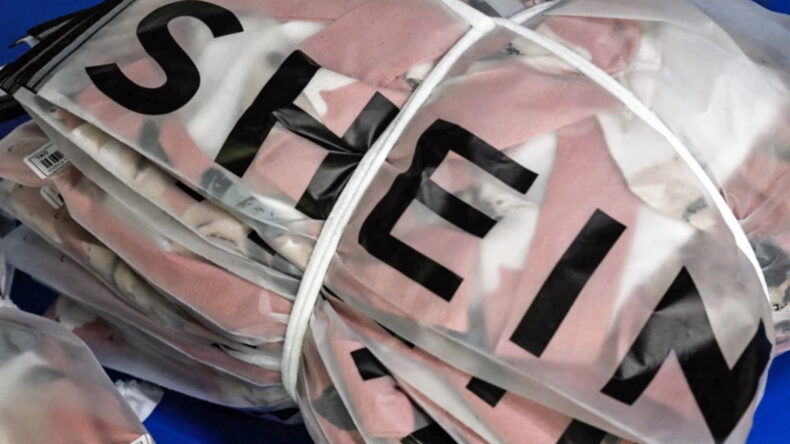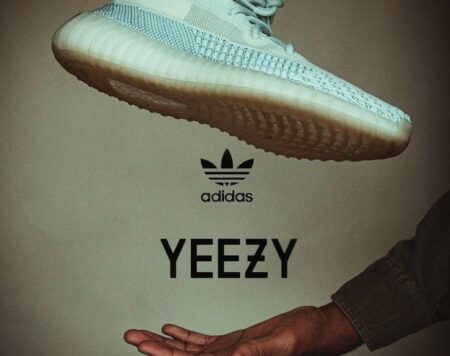Shein, the Chinese fast fashion brand known for its cheap prices, has recently come under fire for an orchestrated PR junket involving fashion influencers. Despite its immense valuation of $100 billion in 2022, surpassing other popular international brands like Zara and H&M, Shein is facing mounting criticism. The controversy emerged when influencers visited Shein’s “innovation center” in China and posted positive videos sponsored by the company.
However, their misleading presentation and acceptance of the trip triggered scrutiny amidst reports of labor abuses and poor working conditions. This article delves into the events, Shein’s response, broader context, and allegations against the brand.
Earlier this month, a group of influencers embarked on a sponsored trip to Shein’s “innovation center” in Guangzhou, China. Their purpose was to gain insight into the brand’s design, manufacturing, and shipping processes. One influencer, Dani Carbonari, attracted attention when she portrayed herself as an “investigative journalist” and interviewed a worker from the fabric-cutting department in a now-deleted Instagram reel.
Carbonari’s reel, along with other influencers’ videos, generated backlash as they were accused of misrepresenting themselves and uncritically promoting Shein’s PR messages.

As social media attention intensified, critics began questioning the influencers’ decision to accept the free trip while reports of labor abuses and poor working conditions surrounded Shein. Journalist Taylor Lorenz highlighted the unfiltered positive reports from influencers, raising concerns about media literacy and unchallenged propaganda on social media. Some influencers deleted negative comments on their accounts and posted defensive videos.
Shein, responding to the backlash, expressed sadness over the criticism and initiated a “wellness check” to assess the well-being of the creators affected by the online vitriol. The company issued a statement emphasizing that the influencers’ videos and commentary reflected their authentic experiences. While Shein acknowledged the feedback received from the trip, the creators faced challenges as they removed negative comments from their social media accounts and released defensive videos.
Shein’s controversial junket takes place against the backdrop of the company’s plan for an initial public offering (IPO) in the United States later this year. However, in May, a group of 24 U.S. representatives urged the Securities and Exchange Commission to halt Shein’s IPO until the company can verify that it does not employ forced labor in its garment production. Several allegations have been made against Shein, including reports of excessively long working hours, unsafe working conditions, and the absence of employment contracts for workers, which violates Chinese labor laws. Furthermore, investigations have revealed that Shein’s garments contain cotton produced in Xinjiang, a region associated with human rights abuses against the Uyghur ethnic minority group.
The Shein controversy serves as a cautionary tale for marketers engaging with fashion influencers. This incident follows a series of influencer marketing missteps, where creators inadvertently promoted fraudulent projects or faced accusations of inadequate disclosure. Influencers’ eagerness to collaborate with brands and brands’ pursuit of popular creators have sometimes resulted in negative outcomes. From Kim Kardashian’s failure to disclose an advertisement for a crypto token to brands exploiting humans.













